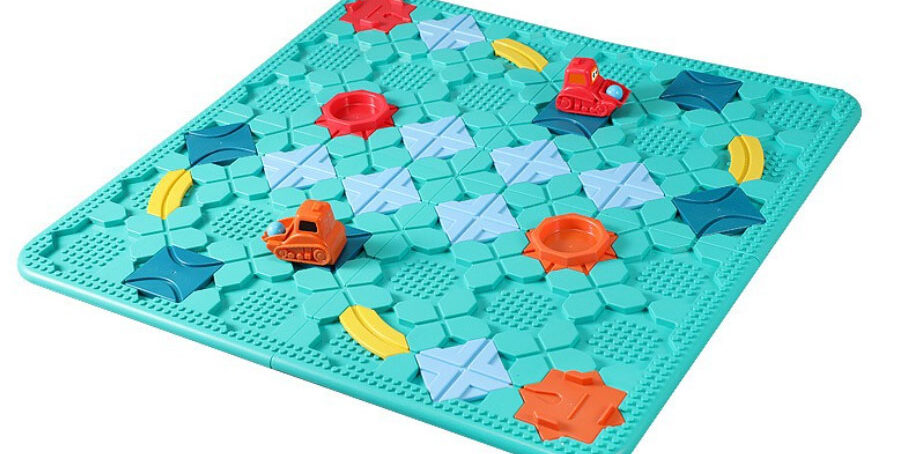Designing a game board is a creative and challenging task. Many board gamers want to design their own game board. Here are some suggestions of how to make a game board to help you:
1.Clarify the design goals
Target audience: How to make a game board, determine the design goals first. Determine whether your game board is for children, teenagers or adults. Different audiences may have different preferences for the difficulty, theme and gameplay of the game.
Purpose of the game: Clarify the core purpose of the game, such as cultivating thinking skills, teamwork, strategic planning, etc. This will help you stay directional during the design process.
2.Design chessboard and chess pieces
Chessboard layout: The design of the game board should be simple and easy to understand. You can consider using different grid shapes such as squares, rectangles or hexagons, as well as different numbers of rows and columns to create a unique layout. At the same time, the color and pattern of the chessboard should also echo the theme of the game.
Chess piece design: The shape, color and number of chess pieces should be designed according to the needs of the game. Make sure that the chess pieces are easy to identify and operate, while also having a certain aesthetic. You can consider using different materials (such as wood, plastic or metal) to make chess pieces to increase the texture of the game.
3.Formulate game rules
Basic rules: Formulate clear and concise game rules to ensure that players can quickly understand and get started. The rules should include how the pieces move, the rules for capturing pieces, the conditions for winning, etc.
Strategy and skills: Design some strategic elements so that players can use wisdom and skills to gain an advantage during the game. This can increase the depth and challenge of the game.
Balance: Ensure that the game is balanced between the two players to avoid situations where one side is too strong or too weak. You can ensure the balance of the game by testing and adjusting the rules.
4.Pay attention to the educational significance of the game
Thinking training: Design some game elements that can exercise players’ thinking ability, logical thinking and strategic planning. For example, you can set up some situations that require players to make logical inferences or predictions.
Cultural inheritance: If possible, incorporate traditional cultural elements into the game, such as Chinese chess, Go, etc. This not only increases the fun of the game, but also allows players to understand and learn traditional culture while playing the game.
Teamwork: Consider designing some game modes that require teamwork, so that players can cultivate team spirit and communication skills in mutual cooperation.
5.Consider the scalability and fun of the game
Scalability: Design some scalable game elements, such as adding new chess pieces, new rules or new game modes. This can keep players interested and enthusiastic about the game for a long time.
Fun: Add some fun elements, such as random events, special skills or rewards. These elements can make the game more interesting and attractive.
6.Conduct testing and feedback
Testing: After the game design is completed, conduct multiple tests to ensure the stability and balance of the game. You can invite players of different ages and backgrounds to participate in the test and collect their feedback.
Feedback: Improve and optimize the game based on player feedback. This can include adjusting rules, improving the design of the board and pieces, and adding new game elements.
Summary
Designing a game board requires comprehensive consideration of many aspects. Including the target audience, the design of the board and pieces, the formulation of game rules, the integration of educational significance, and the consideration of scalability and fun. Through continuous testing and improvement, you can create a board game that is both fun and educational.











